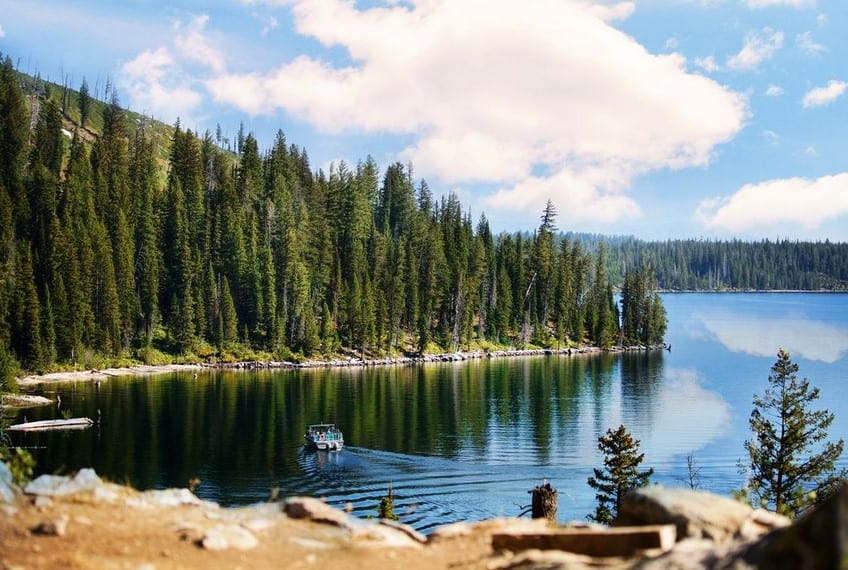It’s been barely one week since I arrived at Yellowstone, and the days have passed like the rushing water of spring snowmelt thundering down the surrounding mountains. There is still a lot of snow in parts of “the interior,” as the Yellowstone Plateau is sometimes called around here. The roadways are clear but drifts remain that were pushed up by the plow. Beyond the road, dense lodgepole pine forests are still covered in a thinning blanket of white. But in other places in the park, the snow is all but disappeared and the rocks of Yellowstone are once again laid bare.
The park’s wildlife is arriving right on time, to graze on the newly sprouted grasses and feast on the carcasses of whatever did not make it through the winter. “Animal jams” are becoming common, too. However, instead of a bear jam or a bison jam, last Sunday I had my very own Uinta ground squirrel jam.
Shaggy bison meander down the middle of the park road, one brown eyeball staring at car window height as they unhurriedly leave us behind. Grizzly bears dash across a meadow or graze at the forest edge. On our first day in the park we used a spotting scope to identify a wolf, a black shadow making its way across snow-covered Hayden Valley about a half mile distant. In addition, I have seen martens slinking across downed logs, a porcupine lumbering into the underbrush, white pelicans landing gracefully on the swiftly-moving Yellowstone River, golden eagles soaring overhead, great blue herons standing tall, and Barrow’s goldeneye bobbing along with the current.
WestThumb YellowstoneLake
The day before I started work I took a drive. I wanted, of course, to see Old Faithful and the Upper Geyser Basin of which is it a part.
The new visitor center has excellent interpretive displays about the caldera, one of the world’s largest active volcanoes right beneath our feet. The geyser trails were clear of snow and the sky was a brilliant blue.
HeartSpring(a)
BoardwalkTrail Upper GeyserBasin
I’m just starting to figure out the hydrothermal features and the three things needed for them to exist – heat, water, and a plumbing system. I am learning what types of organisms, called thermophiles, live in the differing temperatures of the hot springs, and that in the geysers of Yellowstone, water boils at 199°F.
CrestedPool(a)
UpperGeyserBasinTrail
Thermophiles Upper GeyserBasin
The view on the way back to Grant Village and the West Thumb Geyser Basin was the perfect afternoon ending. It is already starting out to be an excellent summer!






